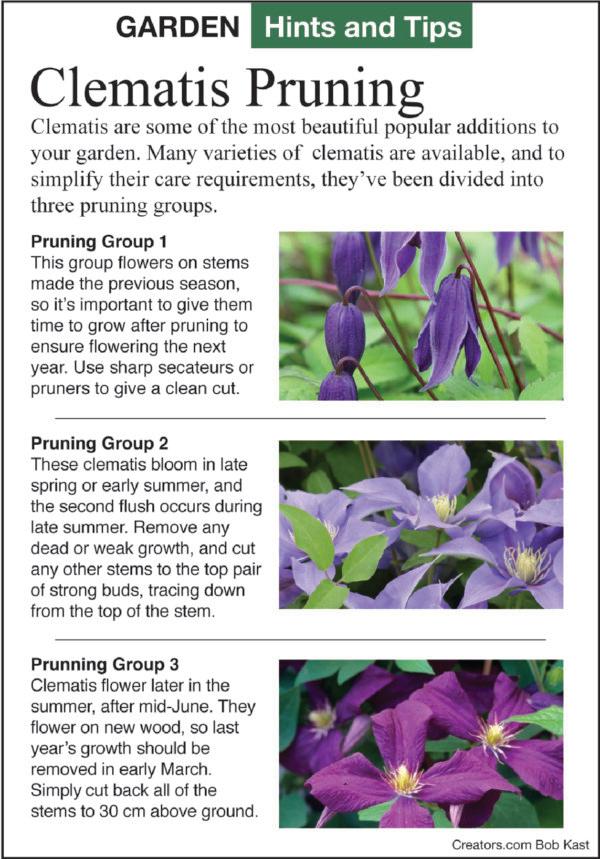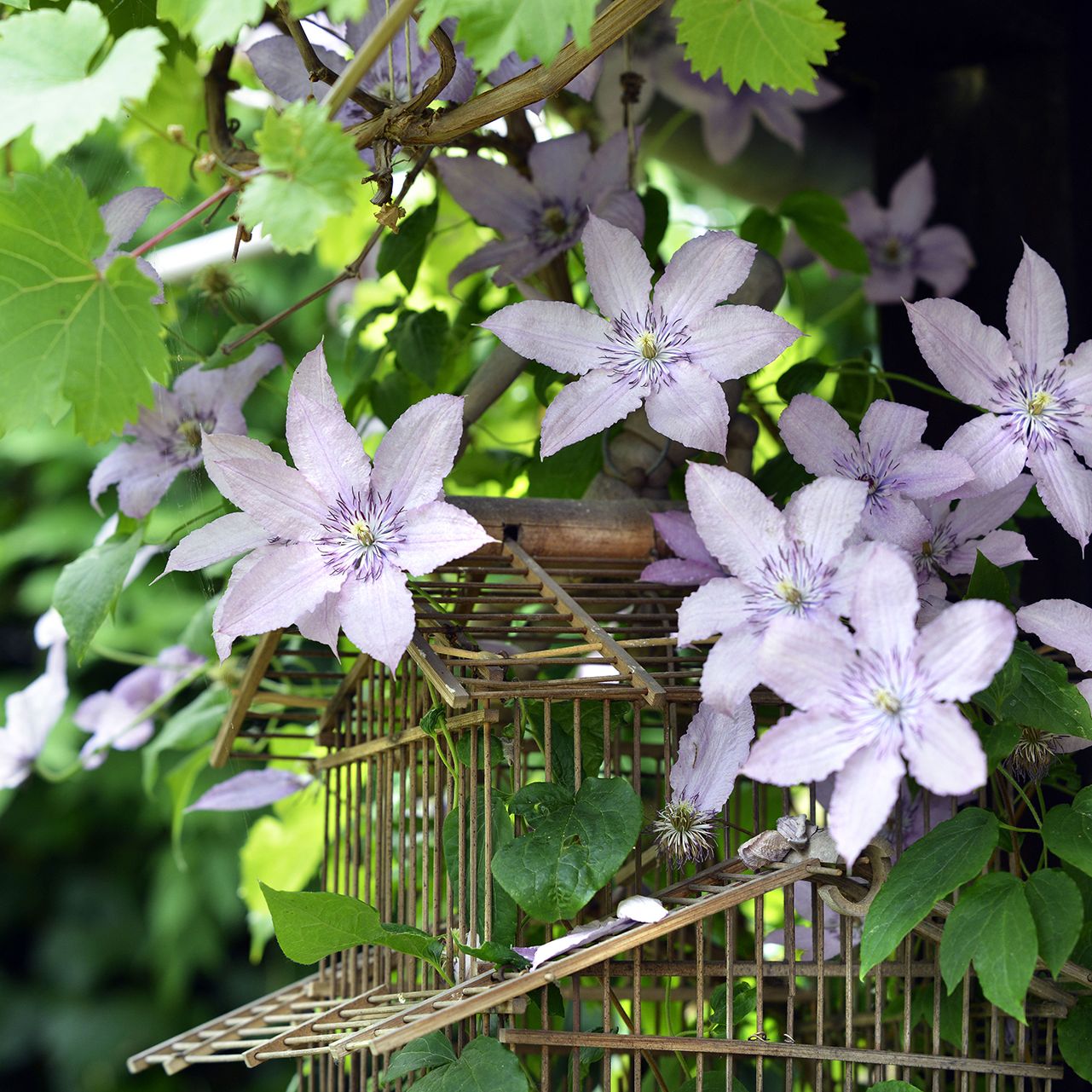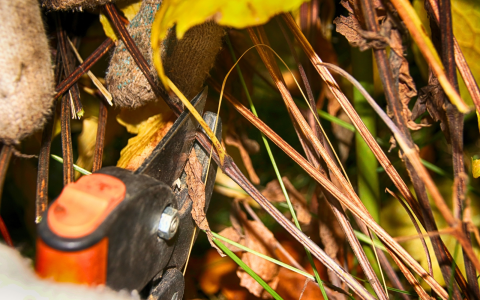Alright, so fall’s here, and you know, for the longest time, I used to just kinda look at my clematis plants as the weather got chilly and think, “Eh, they’ll be fine.” I’d just let ’em be. Big mistake, let me tell you. Come springtime, some of them would look so pathetic, all straggly and sad, and I’d wonder what I did wrong.
Figuring It Out The Hard Way
It took me a couple of really disappointing springs to realize that what I do (or don’t do) in the fall makes a huge difference. I wasn’t a clematis expert, still ain’t, but I started paying more attention. You read stuff, you try stuff, and eventually, something clicks. Or, you know, you just get tired of looking at unhappy plants.

So, here’s what I’ve landed on, what seems to work for me and my gang of clematis. It’s not rocket science, just a bit of common sense once you get the hang of it.
First things first: Watering and Feeding
As things cool down, I definitely ease up on the watering. They just don’t need as much, you know? Soggy roots in cold soil? No thanks. And fertilizer? I stop that stuff well before any real cold snap. Usually by late summer, I’m done. Don’t want to encourage a bunch of new, tender leaves that are just gonna get zapped by the first frost. Learned that one the hard way too, with some very sad, blackened new growth one year.
The Pruning Puzzle
Now, pruning. This used to be the part that freaked me out. Everyone’s got an opinion, and all those “groups” and rules… my head would spin. But I’ve simplified it for myself.
-
Okay, so those clematis that burst into flower super early in spring, the ones that bloom on the stems they grew last year? I barely touch those in the fall. Seriously. Maybe I’ll snip off any bits that are obviously dead, broken, or look diseased. But a big chop? Nope. Their main haircut happens right after they finish blooming in spring. That gives them the whole summer and fall to grow the wood that’s gonna have next year’s flowers. If you cut them hard in the fall, bye-bye spring flowers. It’s a real bummer when you figure that out after the fact.
-
Then you’ve got the others. The ones that flower later in the summer, or bloom on and off on the new growth they make that same year. These guys, I’m a bit more aggressive with in the fall. I don’t usually scalp them to the ground, unless they’re really young or had a terrible, diseased year and I just want a fresh start. But I’ll cut them back pretty good, maybe down to a foot or two from the ground, to a couple of healthy-looking buds. This seems to encourage them to come back strong and bushy, instead of all leggy at the bottom.

It’s not about being perfect, it’s about giving them a decent chance. Some years I prune harder, some years lighter. You get a feel for it.
Tucking Them In
And the last thing, and this is a biggie where I live ’cause winters can be mean: mulch. After the ground has had a light freeze, but before it’s frozen solid, I give the base of each clematis a good heap of mulch. Like a cozy winter blanket for their roots. Shredded leaves, compost, whatever I’ve got. It just helps protect that crown from the worst of the freeze-thaw cycles.
Why Bother?
It might sound like a bit of faffing about, especially when you’d rather be inside with a hot drink. But honestly, when spring rolls around and those clematis start waking up, putting out healthy new growth and then bursting with flowers, it’s so worth it. Way better than staring at a tangled mess of dead-looking vines and wondering where all the blooms went. So yeah, that’s my fall clematis routine. Nothing fancy, just what years of trial and, yes, plenty of error, have taught me.





















